The interplay of cardiovascular disease (CVD) and rheumatic disease, including how inflammation contributes to CVD and how rheumatology medications can contribute to or mitigate cardiovascular conditions, will be in the spotlight at the Basic & Clinical Research Conference (BCRC): The Intersection of Cardiometabolic and Rheumatologic Diseases – Improving Inflammation Through Pharmacologic and Life-Style Interventions at ACR Convergence 2024.
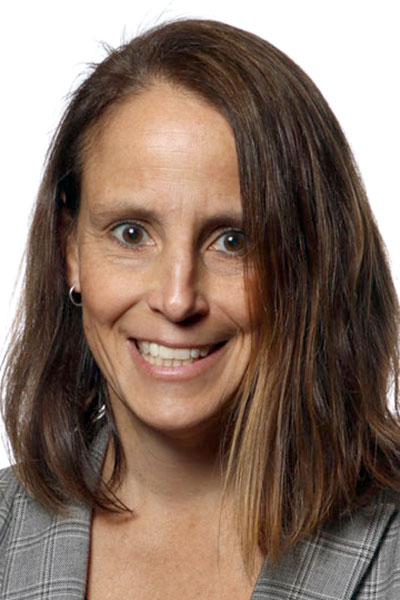
“CVD is the main cause of death in people with rheumatoid arthritis (RA), and broadly speaking, it is for most of our diseases at this point,” said BCRC Moderator Kim M. Huffman, MD, PhD, Duke University School of Medicine. “We’ve gotten pretty good at helping people with systemic sclerosis not die from renal complications. And, for RA, we’re doing a little better in treating RA disease activity and the related comorbidities such as malignancies and lung disease. Today, one of our greatest challenges is to reduce cardiovascular complications in our patients with rheumatologic disease.”
As rheumatology patients age and become more sedentary, obesity and other cardiometabolic risk factors rise in this population, but any patient who lives with a rheumatic condition is at risk of developing cardiovascular complications. The inflammation associated with rheumatic disease is a significant mitigating factor.
“Control of inflammation is critical for survival,” said Pierre Miossec, MD, PhD, University of Lyon, France. “Something that took ages to be understood and accepted is that chronic inflammation is a cause of CVD and the cause of cardiovascular deaths. Before, it was simple in the sense that if your cholesterol is bad, you will die. That remains true but is amplified by inflammation where one plus one equals 10.”
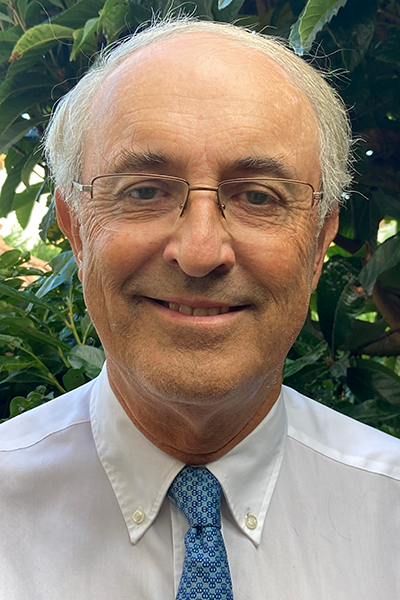
Dr. Miossec will deliver the keynote lecture of the BCRC, tracing the discovery of IL-17 almost 30 years ago when synovial stromal cells showed for the first time that the protein that became IL-17 was able to induce inflammation in the context of arthritis. Dr. Miossec also will review how this key cytokine affects skin joint targets and the dynamics of cardiovascular disease and inflammation.
“Inflammation, even modest inflammation, is by itself bad enough to increase cardiovascular risk,” he said. “These cardiovascular events will come despite not only normal but below normal cholesterol levels because inflammation will reduce lipids.”
Ongoing research shows that IL-17 has synergistic interactions with other cytokines, with tumor necrosis factor-alpha (TNF-α) and IL-1β in particular, and exacerbates inflammation, which can lead to joint destruction and increase the risk of cardiovascular events. Inflammation that results from IL-6 induced by TNF and IL-17 increases C-reactive protein (CRP), a key marker for the risk of inflammation but also for cardiovascular events.
“In myocardial infarction, the blood pump is being damaged because the cardiomyoblasts are dying or already dead,” Dr. Miossec explained. “If you put dying cells on top of myoblasts, you get some inflammation. If you add IL-17, you get much more inflammation, so it is a vicious circle whereby vessel damage leads to thrombosis through massive inflammation, leading to myoblasts dying through lack of blood and from amplification of local inflammation.”
As a clinician, Dr. Miossec has studied the function of IL-17 in the blood in acute and chronic conditions. In the case of myocardial infarction, blood is taken when a patient arrives in the emergency room to confirm the cardiovascular event. The initial blood draw will show high bioactive IL-17, and another blood draw a few days later will show an increase, sometimes a massive spike, in CRP.
Using samples from patients he has followed for more than a decade, Dr. Miossec has seen firsthand the long-term effects of IL-17. For those with bioactive IL-17 when the first blood samples were taken, as a group, the risk of a cardiovascular event was shown to be significantly increased 15 years later, so acting early is critical, Dr. Miossec explained.
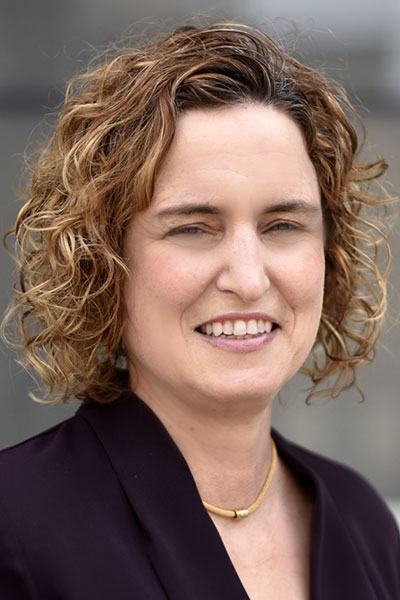
“Although there is increased awareness, many rheumatologists feel they don’t have the tools to manage these high-risk patients and reduce the risk,” said BCRC Moderator Lihi Eder, MD, PhD, University of Toronto, Canada. “People who attend the conference will understand more about the connection between some of the mechanisms that link these comorbidities. They will learn what kind of heart complications can happen across the different spectrum of rheumatic conditions and how medications that we prescribe in the clinic could influence the heart and also receive practical tools for how to better manage patients in clinic, ultimately improving the management of our patients and hopefully reducing cardiovascular risk in this patient population.”
Cardiologists, endocrinologists, imaging experts, pediatricians, investigators in clinical epidemiology, and health services experts who research models of care are among the featured faculty of this year’s BCRC.
“The BCRC is really meant to address the interests of a very broad audience,” Dr. Eder said. “The first part will discuss pathogenesis and basic and translational research and could be of interest to anyone who is interested in the intersection of inflammation and cardiovascular or cardiometabolic abnormalities, both scientists and clinicians. The second part is more clinical and for clinicians — physicians and allied health providers — as well as people who do clinical epidemiology research.”
The BCRC schedule includes the following presentations. All sessions will be held in Ballroom A of the Walter E. Washington Convention Center and the recording will be available on demand to anyone who purchased an All-Access pass.
- 7:30–7:40 a.m. — Opening Session: Welcome, with speaker Kim M. Huffman, MD, PhD, Duke University School of Medicine
- 7:40–8:10 a.m. — Opening Session Keynote Address: IL-17: From Discovery to Targeting with a Focus on Cardiovascular Effect, with speaker Pierre Miossec, MD, PhD, University of Lyon, France
- 8:10–8:40 a.m. — Pharmacotherapy in Rheumatology Impact on Cardiovascular Risk: Treat to Target vs. Selection of Specific Mode of Action for CV Risk Reduction in Rheum, with speaker Jon Giles, MD, MPH, Cedars Sinai Medical Center
- 8:40–9:10 a.m. — Pharmacotherapy in Rheumatology Impact on Cardiovascular Risk: The Colchicine Story, with speaker Jean-Claude Tardif, MD – Montreal Heart Institute, Canada
- 9:10–9:40 a.m. — Pharmacotherapy in Rheumatology Impact on Cardiovascular Risk – Antimalarial-Induced Cardiomyopathy: A Rare or Under-Recognized Complication of Prolonged Antimalarial Therapy?, with speaker Paula Harvey, MD, PhD, Women’s College Hospital
- 9:40–10 a.m. — Pharmacotherapy in Rheumatology Impact on Cardiovascular Risk: Linking Obesity and Inflammation, with speaker, Alice Cheng, MD, FRCPC, University of Toronto, Canada
- 10:15–10:45 a.m. — Obesity and Related Metabolic Abnormalities and Rheumatic Diseases: Foods That Fight Inflammation in Rheumatic Diseases: Are the Microbiome-Derived Metabolites the Missing Link?, with speaker Monica Guma, MD, PhD, University of California, San Diego
- 10:45–11:15 a.m. — Obesity and Related Metabolic Abnormalities and Rheumatic Diseases: The Role of Inflammation and Diets on Lipid Metabolic Pathways, with speaker Gissette Reyes-Soffer, MD, Columbia University Irving Medical Center
- 11:15–11:35 a.m. — Obesity and Related Metabolic Abnormalities and Rheumatic Diseases: The Role of Exercise and Weight Loss on Modulating Rheumatoid Arthritis Cardiometabolic Disease, Immune Function, and Disease Activity, with speaker Brian J. Andonian, MD, MHS, Duke University
- 11:35 a.m. –12:05 p.m. — Obesity and Related Metabolic Abnormalities and Rheumatic Diseases: Metabolic Checkpoints in Proinflammatory T Cells and Macrophages, with speaker Cornelia M. Weyand, MD, PhD, Mayo Clinic School of Medicine and Stanford University
- 1–1:30 p.m. — Cardio-Rheumatology as Emerging Interdisciplinary Field: Prediction of CV Risk in Rheumatology, with speaker Cynthia Crowson, PhD, Mayo Clinic
- 1:30–2 p.m. — Cardio-Rheumatology as Emerging Interdisciplinary Field: Bridging the Gap – The Importance of Cardio-Rheum Models of Care, with speaker Bindee Kuriya, MD, MSc, University of Toronto
- 2–2:20 p.m. — Cardio-Rheumatology as Emerging Interdisciplinary Field: Cardiovascular Manifestations of Pediatric Rheumatic Diseases, with speaker Bryce Binstadt, MD, PhD, University of Minnesota
- 2:20– 2:50 p.m. — Cardio-Rheumatology as Emerging Interdisciplinary Field: Uses of Wearables and Other Tech to Increase Physical Activity, with speaker Christine A. Pellegrini, PhD, University of South Carolina
- 2:50–3 p.m. — Closing Remarks, with speakers Lihi Eder, MD, PhD, University of Toronto, and Peter Libby, MD, Brigham & Women’s Hospital

“The BCRC offers a unique program, to a focused audience of participants, facilitating informal ‘hallway’ discussions that may lead to new collaborations,” said Linda Hiraki, MD, ScD, The Hospital for Sick Children, and Chair of the ACR Committee on Research. “The BCRC is an opportunity to connect with other researchers with shared interests, both within and beyond rheumatology.”
She said the dramatic increase in popularity of glucagon-like peptide-1 (GLP-1) agonists, along with increased knowledge and understanding of cardiometabolics and rheumatology, made this year’s theme particularly timely.
In conjunction with the BCRC, there will be a dedicated research conference-themed poster session in the Poster Hall. Each of the about 30 posters will be featured during the BCRC, as well as during their assigned poster sessions, from Saturday to Monday, Nov. 16–18.
Register Today for ACR Convergence 2024
If you haven’t registered for ACR Convergence 2024, register today to participate in this year’s premier rheumatology experience, November 14–19 in Washington, D.C. All registered participants receive on-demand access to scientific sessions after the meeting through October 31, 2025
